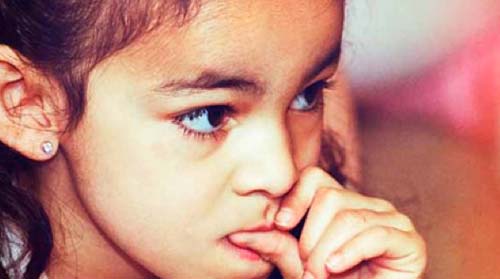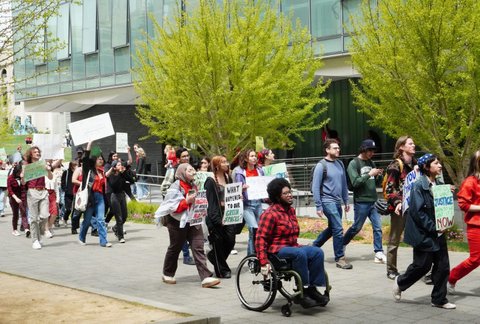
26 Sep Poverty Rate Holding Steady, But Fewer Children Uninsured
News Report, Anna Challet |New America Media
While poverty remains at historically high levels, the percentage of people in the United States – especially children – who lack health insurance is declining, according to new data released by the Census Bureau.
“The big changes are in health insurance,” said David S. Johnson, the chief of the Social, Economic, and Housing Statistics Division of the Census Bureau, in a teleconference last week presenting the agency’s most recent findings on poverty and health insurance. He said that the drop in the number of people who are uninsured is the “most significant change” from 2011 to 2012.
Johnson attributed the change to an increase in coverage by public health insurance programs, including both Medicaid and Medicare. Nearly one in three people in the United States now relies on government programs for coverage. The rate has increased every year for the past six years.
The poverty rate remains 15 percent nationally, or over 46 million people – the same number as in 2011, and up from 37 million in 2007 (the year before the recession began). For children, the rate is higher, at 21.8 percent. African American and Latino children fare the worst, with poverty rates of 37.9 and 33.8 percent, respectively.
People living in poverty are defined as those whose household income is below the federal poverty level; in 2012, the FPL was just over $23,000 a year for a family of four.
“The child poverty rate in our country is still so painfully high. One in five children is living in poverty,” says Dinah Wiley, a senior research fellow at the Georgetown University Health Policy Institute’s Center for Children and Families. “The good news is that more children have health insurance in 2012 than in 2011.”
The rate of children who are uninsured fell from 9.4 percent in 2011 to 8.9 percent in 2012, which represents about 400,000 children gaining insurance.
For children living in poverty, the rate of those who are uninsured is 12.9 percent, as opposed to 7.7 percent for those living above the poverty level.
The percentage of the general population that lacks health insurance dropped for the second consecutive year, from 15.7 percent to 15.4 percent, or from 48.6 million people to 48 million people.
Wiley says “it’s a shame” that many of the remaining uninsured children nationwide are actually eligible for public programs like Medicaid and the Children’s Health Insurance Program (CHIP).
A study released last week, conducted by the Urban Institute for the Robert Wood Johnson Foundation, found that as of 2011, 4 million children were eligible for public health insurance programs but not enrolled.
While that number represents a decline from nearly 5 million, which occurred between 2008 and 2011, over a third of the remaining 4 million who are eligible but not enrolled live in just three states – California, Texas, and Florida.
Wiley says that states with high numbers of uninsured children need to “put out the welcome mat” in terms of their public health insurance programs, and that “outreach and simplification of the enrollment process” are the main strategies for doing so.
Additionally, she says that one of the most important measures states can take to increase the rate of children and families who are insured is to accept the federal dollars being offered to expand Medicaid as part of the Affordable Care Act. Texas and Florida have both rejected Medicaid expansion.
Kelly Hardy, Director of Health Policy at Children Now in California, attributes the decrease in the rate of uninsured children to greater efforts within the context of the Affordable Care Act to enroll and retain children in coverage.
Hardy points out that in California, when the transition of children out of the Healthy Families Program (California’s CHIP, which is being eliminated) and into the Medi-Cal program is complete at the end of this year, nearly one in two children in the state will be enrolled in Medi-Cal.
She agrees with Wiley that there’s more work to be done in closing the coverage gap for kids. She notes, as Wiley does, that children are more likely to be insured if their parents are insured, and is optimistic because more adults will be required to enroll in coverage under the Affordable Care Act.
“I’m hopeful that as we reach October 1 [the start of open enrollment] and January 1 [when coverage under the ACA begins], there will be even more positive buzz around health care and that more parents will be enrolled, which means more children will be enrolled,” she says.






No Comments